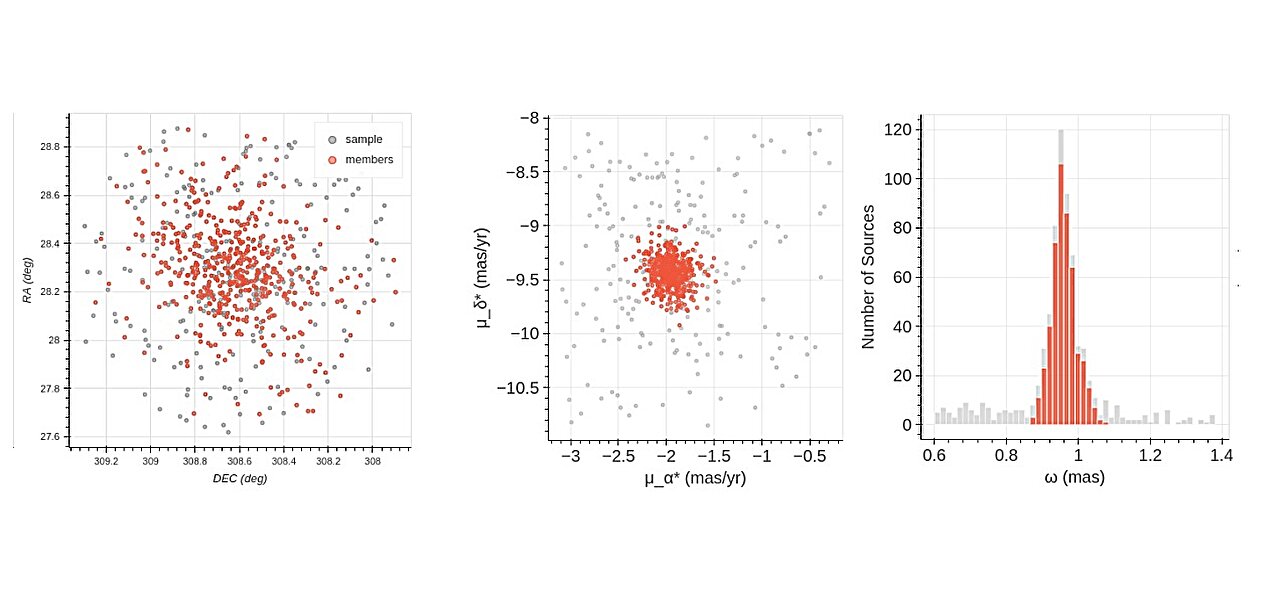Using the AstroSat spacecraft, astronomers from the Birla Institute of Technology and Science in Pilani, India, have investigated a nearby open cluster NGC 6940. Results of the observational campaign, published December 21 on the pre-print server arXiv, shed more light on the properties and stellar populations of this cluster.
Discovered in 1784, NGC 6940 (also known as Melotte 232) is an open cluster in the constellation Vulpecula, at a distance of about 2,500 light years. The cluster is estimated to be 720 million years old and has a near-solar metallicity.
Previous observations of NGC 6940 have found that it harbors several exotic stellar populations, apart from normal single and binary stars, such as blue straggler stars (BSS), blue lurkers (BLs), yellow straggler stars (YSS), and red clump (RC) stars. However, although many studies of this OC have been performed, these exotic stars have not been comprehensively investigated yet.
Recently, astronomers Anju Panthi and Kaushar Vaidya employed AstroSat’s Ultraviolet Imaging Telescope (UVIT) to take a closer look at NGC 6940, with the main aim of gathering more information regarding its exotic stellar content. They also used data from ESA’s Gaia satellite to identify cluster members.
“This cluster has been observed with the Ultraviolet Imaging Telescope (UVIT) on board the AstroSat, which has the ability to detect exotic objects and their hot companions when combined with other multi-wavelength data,” the researchers explained.
2023-12-29 04:00:03
Link from phys.org rnrn



















